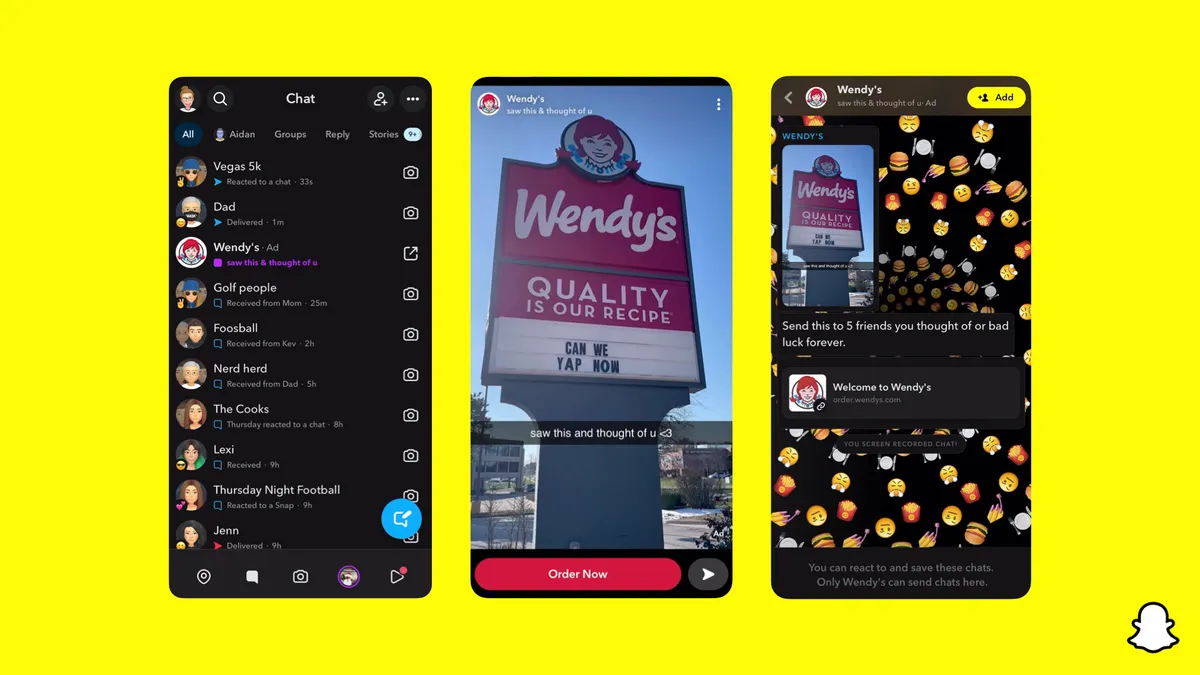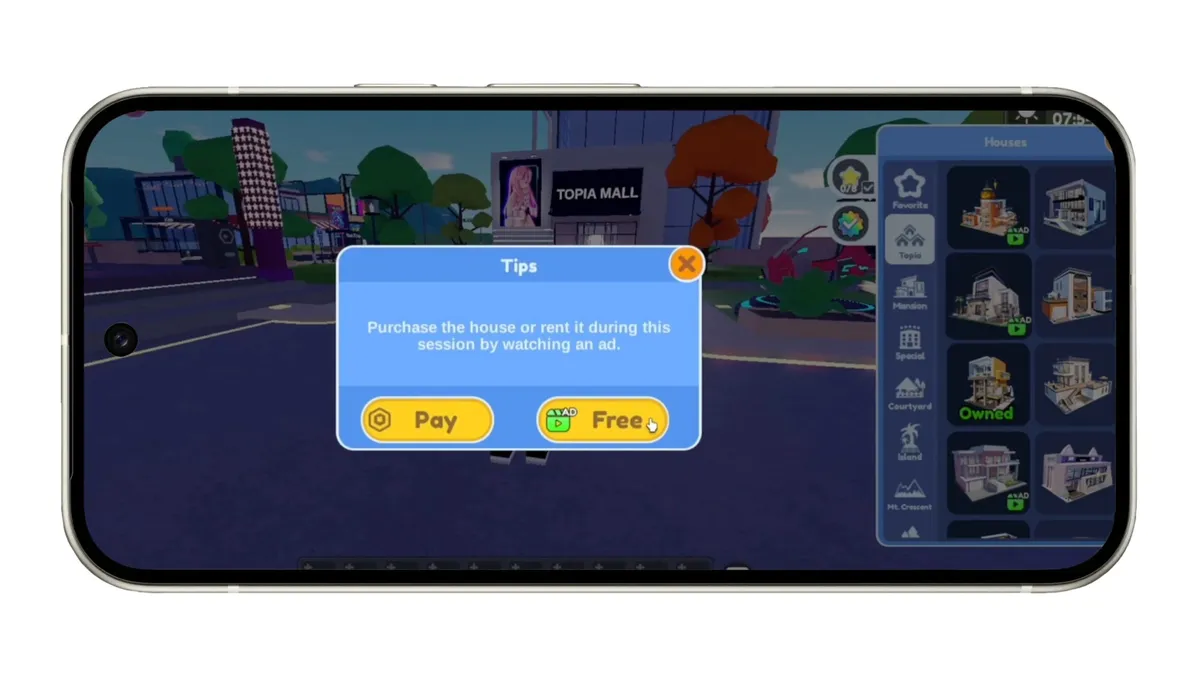Marketers have a number of proven tactics and strategies that can have immediate positive impacts on campaigns across channels including personalization, making use of the massive amount of data digital marketing provides, and simply shifting priorities to a customer-centric approach. But another change in approach has to happen at a much higher level than within the marketing department in order to improve corporate revenue and culture.
This shift might have the most significant impact of all – especially for B2B marketers with long, complex sales cycles. That change is working within the organization to create an atmosphere of Sales/Marketing alignment.
Sales and Marketing as corporate departments have traditionally been siloed, if not outright adversarial. Essentially the marketing team generated leads and the sales team would take things from there to hopefully close those prospects and turn them into customers.
When Sales is more involved in top of the funnel activities, such as helping define what constitutes a qualified lead, and when Marketing remains involved in nurturing and remarketing to prospects as they move through the sales pipeline – even in those final stages – the entire sales process becomes a function of success for the company. Instead of stages of success for different departments within the company, the company as a whole becomes more transparent and interconnected.
The advent of marketing technology and how it integrates into the previously sales-centric CRM software has been one development over recent years that has really helped create, and in a way, necessitate Sales/Marketing alignment.
The role of technology in internal alignment
Technology has created one noticeable change in the C-suite by giving CMOs much more power within organizations, and has even spawned a new C-suite chair with chief marketing technology officers. The end result is CMOs are now working closely with CTOs and CIOs in buying technology for companies. In fact, Gartner research from several years ago predicted CMOs will be spending more on IT than CIOs by 2017. And CMO tenure has been increasing, a positive trend for a traditionally short-lived position.
The rise of martech
In terms of Sales/Marketing alignment, tech in the sales pipeline at one time was essentially limited to customer relationship management (CRM) software. The sales team used this software to track leads once they took them on, recording information about the lead and the team’s interaction with those prospects in a database for reference.
Beginning a little over ten years ago, as digital marketing with its wealth of quantifiable data points such as email open rates and website analytics began dominating marketing, software developers began creating tools that specifically addressed marketers’ needs. Software such as marketing automation and email automation helped take some of the manual activities out of creating and executing marketing campaigns. This allowed marketers to focus on strategic and creative elements, get those into the software and then let the software actually run the campaign, collect data and produce reports on the results.
In time it became clear that to make the most of this technology, Sales and Marketing needed to be working from a single database and the different tech pieces used by the two departments needed to be integrated. Greater interconnection would allow a seamless transfer of data from one software piece in the marketing automation solution to the next in the CRM software used by the sales team.
Today martech has exploded into a major software category with constant innovation and improvements on the different software tools available for marketers. These developments range from even more powerful automation packages, tools designed specifically for social media marketing, and even predictive analytics tools that address the Big Data challenge.
A major benefit of this tech integration is it also fosters alignment of the sales and marketing teams. Now Sales has a stake in top-of-the-funnel marketing activities, and Marketing has something to offer in terms of moving prospects through the entire pipeline. And now, customer relationship management can be seen as more than a software package used by Sales. It can be seen more as holistic process that takes the total customer lifecycle into account from anonymous website visitor all the way to a paying customer.
How data got Marketing and Sales together – a case study
A MarketingSherpa case study on corporate online security and network optimization company Blue Coat serves as a prime example of Marketing and Sales getting into alignment. The case study covered a lead generation campaign designed to leverage technology to obtain a large amount of data at the time of lead gen and then utilize business intelligence, segmentation and lead scoring to make use of that data throughout the sales pipeline.
The campaign was a success, increasing the contact database 11% in 10 months, reducing lead rejection 20% and increasing the volume of marketing-qualified leads 25%. But, according to Manu Kaushik, director of marketing operations for Blue Coat, one unexpected result of the campaign was an increase in Marketing/Sales alignment.
"This improved the overall efficiency, and also helped in better aligning the sales and marketing teams because they (Sales) were receiving good, quality leads, and the overall process was much smoother that what it was before," Kaushik told Marketing Sherpa.
Because the teams had to work closely together to define what a sales-qualified lead looked like, the technology challenge of handling all that lead generation data turned Sales and Marketing into a single team. It's clear that through tech, companies can see tangible results that help decrease the disconnect between departments, turn up the communications and as a whole, obtain higher-level objectives from workplace culture to the bottom line.






















